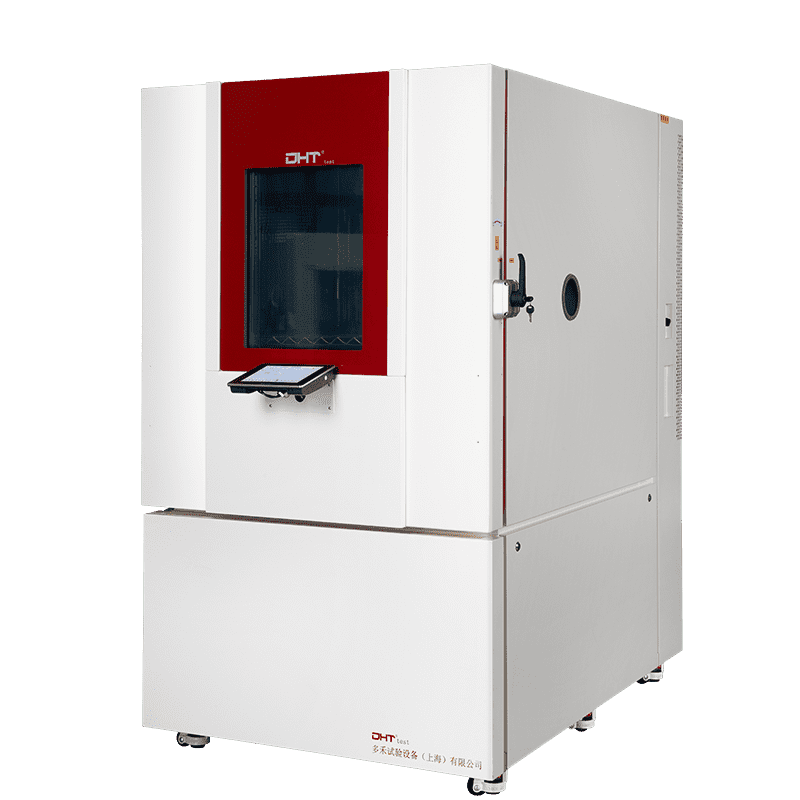Driving Solar Innovation Through Reliable Testing
Solar Panel Testing
-
Electrical performance testing focuses on parameters such as photoelectric conversion efficiency, power output curves, and series/parallel consistency—reflecting the panel’s immediate operational capability.
-
Environmental reliability testing simulates natural environmental conditions to assess long-term durability and stability in actual applications.Key environmental reliability tests include:
-
High and Low Temperature Cycling Test Rapidly alternating between high and low temperatures to evaluate the thermal expansion and contraction behavior of solder joints, ribbons, and encapsulation materials, preventing micro-cracks or delamination caused by thermal stress.
-
Damp Heat Test Exposing panels to prolonged high temperature and high humidity conditions—lasting hundreds to thousands of hours—to assess encapsulation and backsheet sealing performance as well as resistance to moisture ingress.
-
UV Aging Test Accelerated simulation of solar UV radiation to predict the aging behavior of materials, particularly EVA encapsulants, frames, and backsheets under long-term exposure.
-
Salt Spray Corrosion Test Designed for coastal or offshore PV applications, this test evaluates the corrosion resistance of metal components such as frames and junction box fasteners.
-
Sand and Dust Test Simulates desert or arid conditions, assessing the stability of module surfaces and seals when subjected to dust intrusion and wind-driven abrasion.
-
Environmental Test Chambers for Solar Panel Validation
-
Constant Temperature and Humidity Chambers – Simulating hot and humid climates typical of tropical and subtropical regions to test sealing and moisture resistance.
-
Thermal Cycling Chambers – Repeatedly switching between hot and cold extremes to evaluate structural stability and solder joint fatigue.
-
UV Aging Chambers – Exposing panels to high-intensity UV radiation to accelerate aging prediction for encapsulants and backsheets.
-
Sand and Dust Chambers – Replicating desert conditions to assess dust resistance and potential impacts on light transmittance.
-
Salt Spray Chambers – Testing corrosion resistance in marine or coastal PV installations, ensuring long-term stability.
DHT®’s Professional Support in the Solar Sector
-
Accurate Environmental Simulation Our chambers employ advanced refrigeration, heating, and humidity control systems to ensure parameters precisely meet international standards such as IEC, delivering trustworthy test data.
-
Outstanding Uniformity and Stability With optimized airflow design and intelligent control algorithms, DHT® equipment achieves exceptional temperature and humidity uniformity, eliminating deviations that could lead to inaccurate results.
-
Robust and Durable Design Built for continuous operation under harsh testing conditions (e.g., high temperature and humidity), DHT® chambers use premium materials and craftsmanship to ensure long service life and low failure rates, helping clients reduce operational costs.
-
Comprehensive Service and Support Beyond hardware, DHT® provides deep expertise in testing standards, optimization of testing methodologies, and responsive after-sales service—making us a trusted partner in reliability engineering.
Conclusion
FAQ
Why is environmental reliability testing important for solar panels?
Environmental reliability testing ensures that solar panels can withstand harsh real-world conditions such as extreme temperatures, humidity fluctuations, UV radiation, dust, and salt spray. These tests help manufacturers detect potential risks early, improve design and production, and guarantee long-term durability and performance in diverse environments.
What types of environmental tests are commonly performed on solar panels?
The most critical environmental tests include high and low temperature cycling, damp heat exposure, UV aging, salt spray corrosion, and sand and dust simulation. Each test replicates specific natural stress conditions to evaluate the panel’s resistance to cracking, moisture ingress, material aging, corrosion, and dust intrusion.
How do environmental test chambers support solar panel validation?
Environmental test chambers recreate complex climate conditions by precisely controlling temperature, humidity, UV radiation, and other variables. They accelerate durability testing, shorten product certification cycles, and provide scientific evidence of long-term performance—making them essential for solar technology development and quality assurance.


